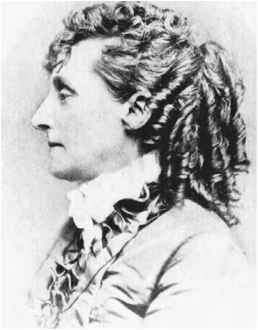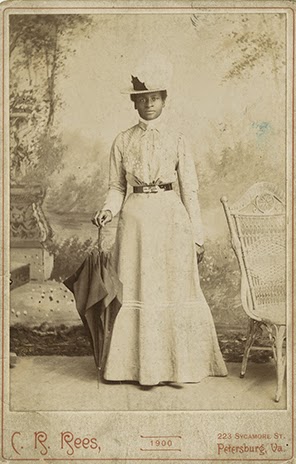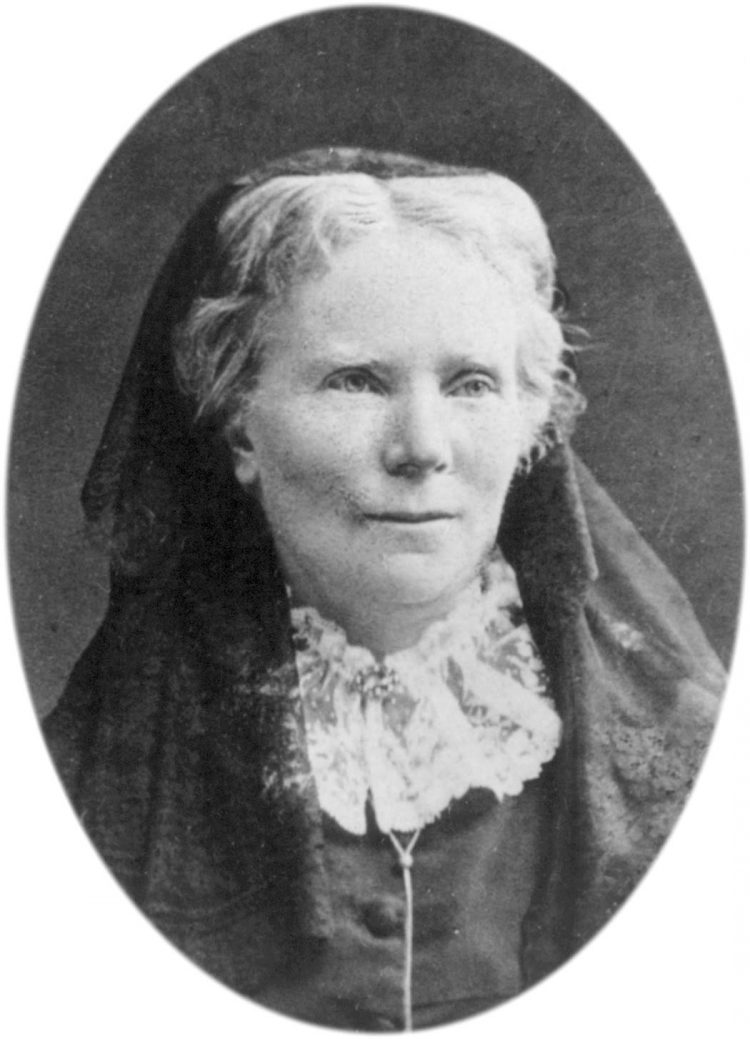Civilian at the Battle of Averasboro Janie Smith lived on a huge plantation near Averasboro, North Carolina. She was eighteen years old when General William Tecumseh Sherman plowed through the Carolinas with his scorched-earth policy, hoping to end the civil war that had dragged on for four long years. Janie lived with her parents and her nine brothers and two unmarried sisters; eight of her brothers were serving in the Confederate Army. Following the Battle of Averasboro, North Carolina – March 15 and 16, 1865 – eighteen-year-old Janie Smith (1846-1882) wrote an insightful letter on scraps of wallpaper (due to the paper shortage during the war) about the battle and her family’s experiences to her friend Janie Robeson in Bladen…
Tag: Civil War spies
Civil War spies

Elizabeth Van Lew
Union Spy in the Confederate Capital Elizabeth Van Lew, a well-to-do resident of Richmond, Virginia, recruited and operated an extensive network of spies who gathered intelligence for the Union in the shadow of the Confederate White House. Van Lew was also an Angel of Mercy for the Union soldiers who were being held at Libby Prison near her home. Her gifts of food and clothing meant the difference between life and death for many inmates there. Early Years Elizabeth Van Lew was born October 25, 1818 in Richmond, Virginia, the eldest daughter of Eliza Baker Van Lew and John Van Lew, a prominent Virginia businessman who owned a prosperous hardware business and several slaves. Elizabeth attended a Quaker school in…
Mary Ann Shadd
Abolitionist, Educator and Suffragist in the Civil War Era Mary Ann Shadd Bust BME Freedom Park Chatham, Ontario Mary Ann Shadd (1823–1893) was an anti-slavery activist, journalist, teacher and lawyer. She was the first black woman newspaper publisher in North America and the first woman publisher in Canada. Shadd was one of the most outspoken and articulate female proponents of the abolition of slavery of her day. She promoted equality for all people and taught former slaves how to be self reliant. Early Years Mary Ann Shadd was born October 9, 1823 in Wilmington, Delaware, the eldest of 13 children of Abraham and Harriett Shadd, both free-born blacks. Her father was active in the Underground Railroad and a subscription agent…

Mary Elizabeth Bowser
African American Spy During the Civil War Mary Elizabeth Bowser was a freed slave who worked with Elizabeth Van Lew as a Union spy in Richmond, Virginia during the Civil War. Van Lew sent Bowser to the Quaker School for Negroes in Philadelphia in the late 1850s. After graduating, she returned to Richmond, where Early Years Mary Elizabeth Bowser was born a slave on the plantation of John Van Lew, a wealthy hardware merchant in Richmond, Virginia. The exact time of her birth is uncertain, but believed to be about 1840. After Mr. Van Lew died in 1851, his daughter, Elizabeth, a staunch abolitionist, freed all of their slaves. Mary Elizabeth remained in the Van Lew household after she was…
Lucy Stone
One of the First Feminists in the United States Lucy Stone (1818–1893) was a prominent American abolitionist and suffragist, and a tireless advocate of rights for women. She began her career in social reform by speaking out against slavery at a time when women were discouraged and prevented from public speaking. She was a pioneer in the women’s rights movement, addressing several legislative bodies and urging them to pass laws giving more rights to women. Stone was also the first recorded American woman to keep her maiden name after marriage. Lucy Stone was born near West Brookfield, Massachusetts, on August 13, 1818. As a young girl, Lucy noticed that her mother was totally dependent on her father, even having to…
Women’s Rights Before the Civil War
The Struggle for Women’s Rights Begins In Colonial America and the first few decades of the new United States, individual women often fought for equal rights for themselves, such as assuming business interests of a husband after his death. During the war for independence women did their part by supporting the Patriots in numerous ways, including organizing boycotts of British goods. In the 18th and 19th centuries, American law was based upon English common law and the doctrine of coverture, which stated that a woman’s legal rights were incorporated into those of her husband when she married, and she was not recognized as having rights and obligations distinct from those of her husband. One of the few legal advantages of…

Elizabeth Blackwell
First Woman Doctor in the United States Elizabeth Blackwell (1821–1910) was the first woman to receive a medical degree in the United States, and a social reformer in both the US and in England. By the time of Blackwell’s death in 1910, the number of female doctors in the United States had risen to over 7,000. Childhood and Early Years Elizabeth Blackwell was born near Bristol, England February 3, 1821, the third daughter among nine children of sugar refiner Samuel Blackwell and Hannah (Lane) Blackwell. Every member of the Blackwell family was involved in social reform movements. They believed in free and equal education for both sexes, which was radical thinking for that time period. Four maiden aunts also lived…